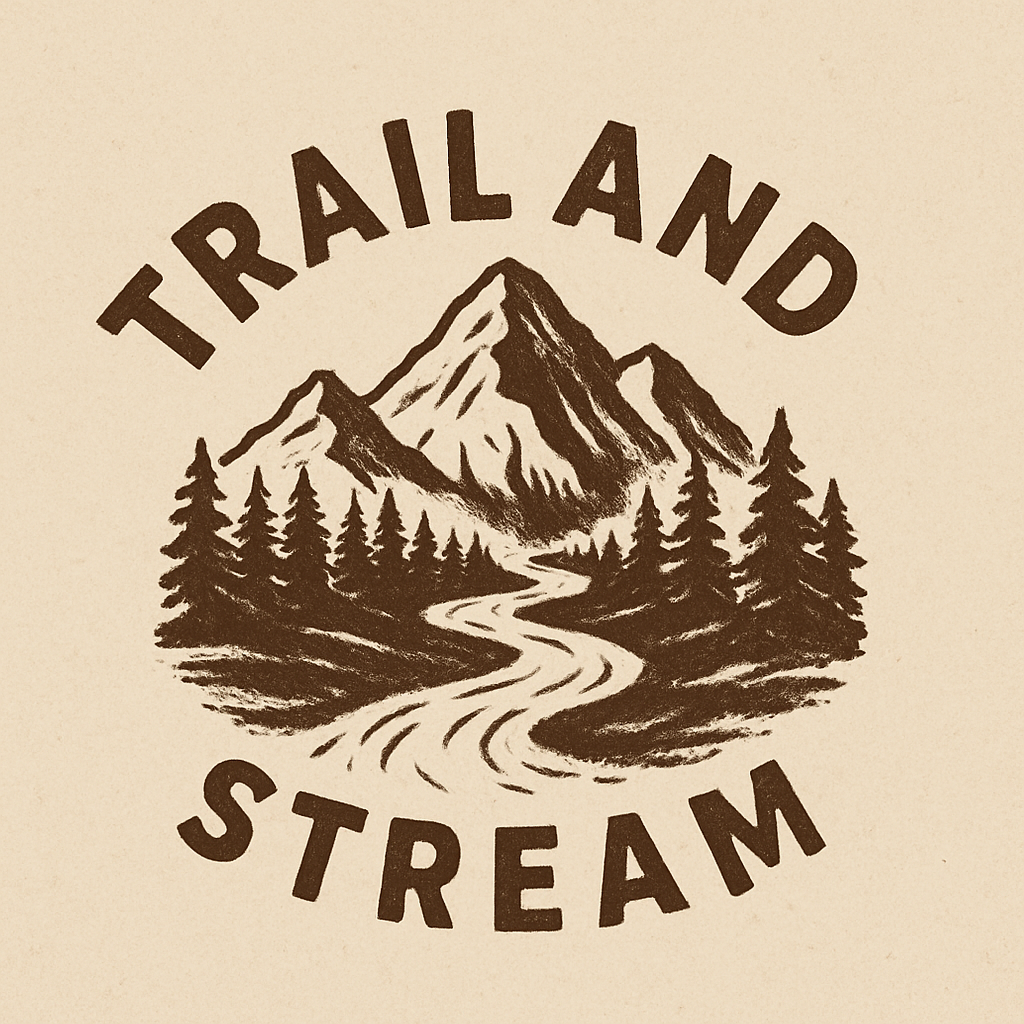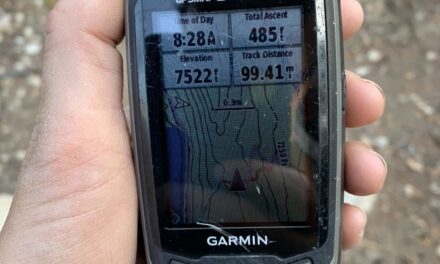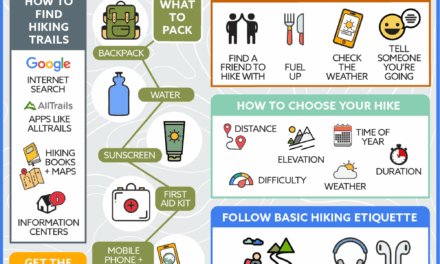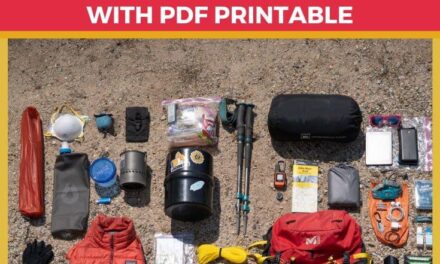The Best Hiking Boots of 2023: Choosing the Right Footwear for Every Trail
Estimated reading time: 7 minutes
Table of Contents
Key Takeaways
- Choosing the right hiking boots depends on terrain, support, weight, waterproofing, and breathability.
- Waterproofing with materials like Gore-Tex ensures protection against moisture while maintaining comfort.
- Support and traction are critical for safety on rugged trails, with features like ankle support and lug-patterned soles.
- Terrain-specific recommendations help select the best boots for rocky, muddy, long-distance, or beginner hikes.
- Comparison between hiking shoes and boots guides you to the proper footwear based on activity length and environment.
Understanding Hiking Footwear
Before diving into our top picks, it’s important to understand the two main categories of hiking footwear: hiking shoes and hiking boots.
Hiking Shoes vs. Boots
- Hiking Shoes: Typically lightweight and flexible with a lower cut, offering less ankle support. They are ideal for leisurely day hikes, well-maintained trails, or light pack loads.
- Hiking Boots: Designed for rugged durability with a higher cut that provides significant ankle support. They are best suited for long-distance hikes, carrying heavier packs, or difficult terrains.
Choosing between them depends on your hike’s length, terrain difficulty, and your personal comfort preferences. For easy trails or short hikes, hiking shoes might suffice, but for rocky or prolonged treks, hiking boots offer better protection and support.
Key Features to Consider
Waterproofing
Waterproof hiking boots help keep your feet dry in wet conditions. Materials like Gore-Tex are highly effective at moisture protection while allowing your feet to breathe. Prevent soggy socks and blisters by selecting footwear with reliable waterproof technology. For tips on maintaining your waterproof boots, explore The Ultimate Guide to Waterproof Hiking Shoes.
Weight
If you’re embarking on long-distance hikes, lightweight boots can reduce fatigue and improve stamina. While heavier boots often add rugged support, choosing lighter options that don’t sacrifice durability is advantageous for extended treks.
Support
Proper ankle and arch support are essential, especially on uneven or rocky terrains. Look for models with enhanced support structures that improve stability and help prevent injuries. For more insights, see How to Select Supportive Hiking Footwear.
Traction
Focus on outsoles with lug patterns designed for grip and stability. The material and tread pattern determine how well your boots can handle diverse trails safely.
Breathability
Features like mesh panels ensure ventilation, preventing overheating and discomfort during rigorous activity.
Best Hiking Boots for Various Terrains
1. Rocky and Uneven Terrain
Scarpa Mojito Hike GTX
- Pros: Exceptional support, rugged construction.
- Cons: Heavier than some alternatives.
This boot is built for challenging terrains with confident footing. Its Gore-Tex lining ensures moisture protection. Discover more options for rugged terrains in our guide on Best Hiking Boots for Rough Terrain.
2. Muddy or Wet Trails
HOKA Kaha 3 GTX
- Pros: Advanced waterproofing, cushioned comfort.
- Cons: May feel bulkier for some users.
Perfect for muddy or wet conditions, these boots ensure your feet stay dry and comfortable, thanks to their superior waterproof technology.
3. Long-Distance Hikes
Hoka Anacapa 2
- Pros: Lightweight, excellent cushioning.
- Cons: Less rugged for extreme conditions.
Designed for endurance, these shoes offer a cushioned experience ideal for miles of hiking, reducing fatigue across long distances.
4. Day Hikes and Beginner Use
Oboz Katabatic
- Pros: Comfortable and versatile.
- Cons: Limited ruggedness for extreme conditions.
Great for casual hikes, these boots provide support and comfort with less aggressive features, perfect for beginners or short treks.
5. Hybrid Use
Salomon X Ultra 3 Mid GTX
- Pros: All-terrain capability, waterproof.
- Cons: Slightly higher price point.
This model serves as an all-rounder, suitable for various terrains and conditions, offering a blend of support, waterproofing, and traction.
Comparing Hiking Shoes and Boots
| Feature | Hiking Shoes | Hiking Boots |
|---|---|---|
| Weight | Lighter, more nimble | Heavier, providing more support |
| ankle Support | Minimal | Significant ankle support |
| Durability | Less durable for rugged conditions | High durability for rough terrains |
| Waterproofing | Often less effective | Advanced waterproof technology |
| Recommended Use | Ideal for short, easy hikes | Best for multi-day hikes and tough trails |
Deciding between hiking shoes and boots depends on your activity’s scope and terrain. For shorter or easier hikes, shoes may be sufficient, but for extended or challenging adventures, boots are recommended.
Conclusion
Choosing the best hiking boots tailored to your individual needs enhances your outdoor experience. By considering waterproofing, support, weight, traction, and breathability, you can select footwear that guarantees comfort and safety on every trail.
Invest in quality shoes or boots that fit well, read reviews for insights, and get ready for your next adventure. Happy hiking!
Frequently Asked Questions
How do I determine my correct boot size?
Measure your feet at the end of the day when they are most swollen to get the most accurate size. Always try on boots with your usual hiking socks, and ensure there’s enough room for toe movement. Visiting a specialized store for fitting can also help find the perfect fit.
Are waterproof hiking boots worth the investment?
Yes, especially if you often hike in wet conditions. Waterproof boots keep your feet dry and comfortable, preventing blisters and discomfort. However, ensure they also offer breathability to avoid overheating.
How often should I replace my hiking boots?
Typically, hiking boots should be replaced every 500 to 1000 miles, depending on terrain and usage. Signs that it’s time for replacement include excessive wear on the sole, loss of support, or visible damage to the uppers.





